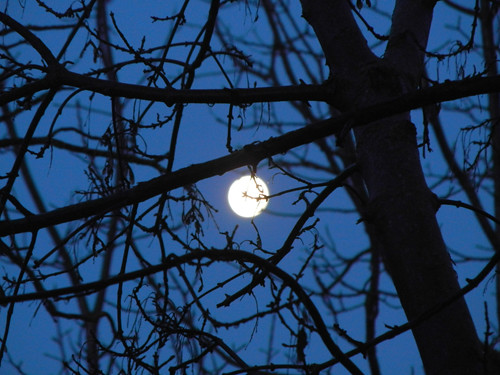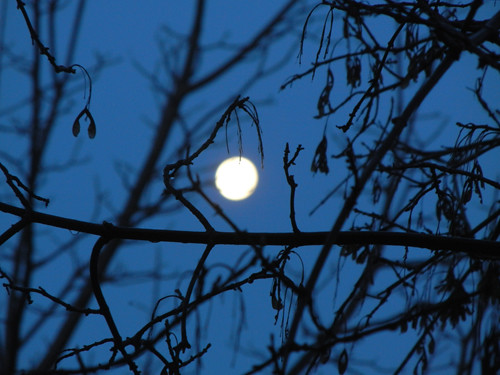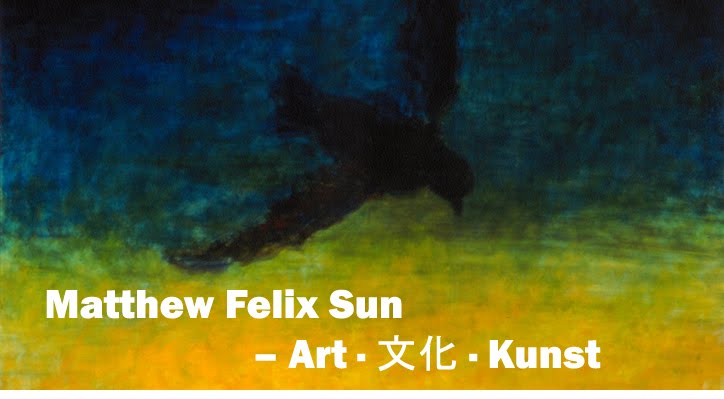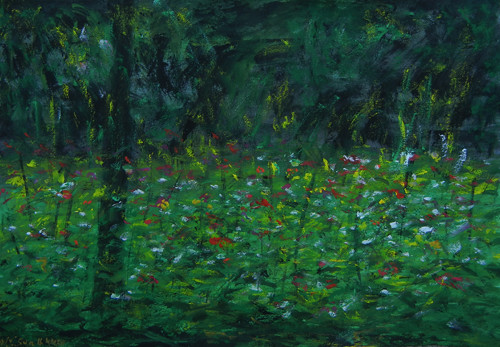BBC reported that "A Florida artist is facing criminal charges after deliberately dropping a vase by dissident Chinese artist Ai Weiwei in an apparent protest. Maximo Caminero, 51, was charged with criminal mischief after breaking the $1m (£600,000) vase on Sunday in Miami."
 |
Ai Weiwei: According to What?
Pérez Art Museum Miami |
"The Florida museum [
Pérez Art Museum Miami] is holding an exhibition of the work of the Chinese
artist until mid-March. It includes an artwork, Dropping a Han Dynasty
Urn, depicting Mr Ai smashing an ancient Chinese vase. "
According to the article, Caminero might have done it in protest
The Florida artist said he would hold a news conference on Tuesday to explain the act. He told the Miami New Times that he did indeed destroy the vase in protest.
"I did it for all the local artists in Miami that have never been shown in museums here," he told the newspaper. "They have spent so many millions now on international artists."
'Performance protest'
The vase he picked up is one of more than a dozen painted in bright colours. They are described by Ai Weiwei as originally made during China's Han dynasty.
Behind the installation are a series of three black-and-white photos showing Mr Ai holding a vase and then letting it drop to the ground, where it smashes into pieces.
"I saw it as a provocation by Weiwei to join him in an act of performance protest," Mr Caminero told the New Times.
But Mr Ai told the BBC from Beijing that his own destruction of vases was "a little different".
"The work I work on [does] not belong to a museum or other
people's property. I never tried to destroy a museum piece - those vases
belong to me. He can drop whatever he likes to drop, but not other
people's property."
This whole episode is very upsetting to many naturally. Though I understand and share Maximo Caminero's frustration that local artists didn't get much exposure, I also understand the importance for museums to showcase influential artists from far and beyond, to broaden the knowledge and exposure of the local audience.
I also don't condole the destruction of an artwork by an audience, no matter how grave an "offense" was to him or her.
That said, I am also upset with the price tag pinned to the smashed vase. $1 million?
For me, Ai Weiwei is more an important thinker, a great provocateur, than an fine artist. I enjoyed his antics against Chinese government mightily, and I
have contributed my feeble effort to pressure to have him released when he was detailed by Chinese authority.
To me, the value of his works, lie in the ideas of his, instead of materials he used and the industrial-style execution efforts he put in.
To me, the vases in display could be any generic vases of the desired shape. They might worth something, but far below $1 million mark! By destroying one of those vases, Caminero didn't destroy his concept and Ai could have easily replace with another, seemingly easily painted vase.
As for the claim that the vase was from Han Dynasty (206 BC–220 AD) and very valuable, then the very act of Ai's spraying it with bright paints must have diminished its value greatly, if not decimated it altogether. For comparison, Roman Empire existed during these periods: 27 BC–476 AD (West) and 330–1453 (East).
If the vases were indeed from Han Dynasty, Ai had no right to damage them from the start, even if he can exert property ownership over them. They belong to human kind. To say that he could destroy an ancient artifact because he owns it is very arrogant, and very Red Guard like, as seen in the photo - perhaps it was the message he wanted to send but it was a costly one and a distasteful one. Ai's arrogance is quite alarming and he is in danger of becoming a self-parodist.
By using pre-existing materials to create something new works, an artist can bring extra layer of meaning associated to those pre-existing materials, such as Anselm Kiefer's creating some poignant works by using war-time damaged lead roof of the Cologne Cathedral.
Another good example was
Anti-Mass, in San Francisco's De Young Museum, by Cornelia Parker:

This installation, at first glance, was an intriguing but rather
pleasant looking mass, which seemed playful and fun. Once a viewer
understands what the fragments are, however, the perspective changes
instantaneously and the work took on a weight far larger than the
collective physical weight of these fragments - this sculpture was constructed from the charred remains of a Southern
Baptist church with a predominantly African American congregation, which
was destroyed by arsonists.
Ai's using "Han Dynasty vases"did not add any such new layer to the colorful creation on display in Miami, thus, I sincerely hope that the authorities would take into account that the "Han Dynasty vase" had been much vandalized already during Ai Weiwei's effort, and would not worth the $1 million price tag.
To me, the $1 million monetary value of his vases lie in his concept and his execution, not in his materials.
Again, Caminero did not destroy Ai's concept, nor prevented him from re-creating his painted vase effect, an effort would not be too strenuous or costly, at least way below $1 million.
Therefore, I hope the authority would be lenient on Maximo Caminero. After all, who is the real vandal here?
Other Related posts on
Art · 文化 · Kunst:
-
Ideas Alone Make Great Art?
-
Where Is Ai Weiwei
-
Ai Weiwei, Ai Qing and Liu Xiaoqing
-
Sunflower Seeds by Ai Weiwei at Tate Modern, London
-
Alleged Han Han's Article: "Goodbye! Ai Weiwei" Goes Viral - 网传韩寒被和谐的文章:再见!艾未未
-
The Ghost of Mao Zedong
-
My Favorite De Young Museum Collections
























































